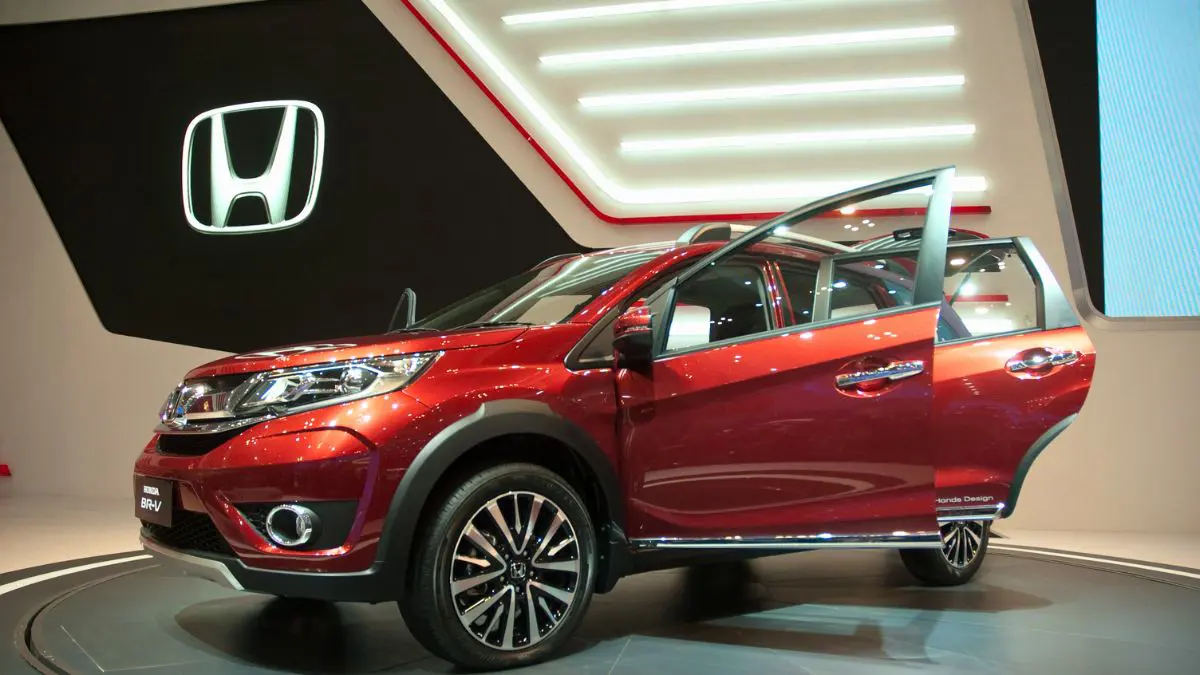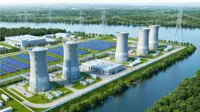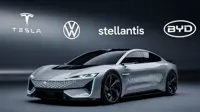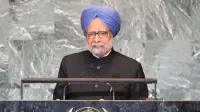Honda shifts gears: Emphasis returns to hybrids as EV bets cool
20 May 2025

In a notable pivot, Honda Motor has announced it is pulling back on its electric vehicle (EV) investments, redirecting focus toward hybrid models amid a cooling global appetite for fully electric cars.
CEO Toshihiro Mibe, speaking at a press briefing in Tokyo, confirmed that Honda is revising its electrification strategy. The company will now allocate 7 trillion yen (approximately $48.4 billion) to EV and software development through fiscal 2030—a significant reduction from the earlier 10 trillion yen commitment. The recalibration reflects more cautious expectations around electric vehicle demand, which has failed to grow as quickly as many in the industry had anticipated.
“Given the current market conditions, we’re revising our EV sales forecast for 2030 to below 30%,” Mibe said. Honda now expects battery-powered vehicles to account for only around 20% of its total sales by the end of the decade. That’s a sharp departure from the earlier vision of a more electrified fleet.
Hybrids back in the spotlight
While Honda is easing off the accelerator on EVs, it's doubling down on hybrid technology. The automaker expects to sell between 2.2 million and 2.3 million hybrid units by 2030, although it hasn’t released a total vehicle sales target for that year. The plan includes launching 13 new hybrid models globally between 2027 and 2030, with a new hybrid system designed for larger vehicles slated for release in the second half of the decade.
This renewed hybrid push could position Honda to capture market share in regions where consumers are hesitant to adopt fully electric vehicles due to infrastructure gaps or cost concerns. It’s a pragmatic step that acknowledges both global policy trends and the realities of consumer behavior.
Earlier this month, Honda also paused a major investment in Canada, shelving a C$15 billion (US$10.7 billion) plan to build an EV production hub in Ontario. That decision, attributed to softening EV demand, marks another indication of the company’s cautious stance in the current cycle of the electrification race.
Still, the long game hasn’t changed. Honda remains committed to having all its new vehicle sales come from battery-electric and hydrogen fuel-cell models by 2040. For now, however, it’s opting for a more measured route—one that blends electrification ambitions with near-term commercial viability.
Summary:
Honda is scaling back its EV investment plans, cutting projected spending by nearly 30% through 2030, as global demand for electric cars slows. The automaker will instead ramp up hybrid offerings, planning 13 new models and aiming to sell over 2 million hybrid vehicles by decade’s end. The move underscores a strategic shift toward market realities, even as Honda holds to its longer-term goal of full electrification by 2040.
Frequently Asked Questions (FAQs)
Q1: Why is Honda cutting back on its electric vehicle (EV) investments?
Honda is scaling down its EV spending due to slowing global demand for battery-powered vehicles. The company believes its previous sales targets for EVs by 2030 are no longer realistic under current market conditions, prompting a strategic shift toward hybrids.
Q2: How much has Honda reduced its planned EV investment?
Honda has lowered its investment in electrification and software from 10 trillion yen to 7 trillion yen (approximately $48.4 billion) through fiscal year 2030.
Q3: What are Honda’s new targets for EV and hybrid vehicle sales?
By 2030, Honda expects EVs to account for about 20% of its global sales—down from a previous target of 30%. For hybrids, the company projects sales between 2.2 million and 2.3 million units by the same year.
Q4: What does this shift mean for Honda’s long-term electrification goals?
Despite the near-term pivot, Honda is still committed to its goal of making 100% of its new vehicle sales battery-electric or hydrogen-powered by 2040.
Q5: What happened to Honda’s EV production plans in Canada?
Honda has placed a temporary hold—expected to last around two years—on its C$15 billion (US$10.7 billion) EV production facility planned for Ontario. This pause reflects caution amid weakened EV demand in North America.
Q6: Why is Honda focusing more on hybrid models now?
Hybrids offer a transitional solution for markets where EV adoption is limited by infrastructure, price sensitivity, or range concerns. By enhancing its hybrid lineup, Honda aims to capture demand in key global markets while preparing for a full-electric future.
Q7: What is the broader industry implication of Honda’s decision?
Honda’s recalibration signals growing industry realism about EV adoption timelines. Other automakers may also reconsider short-term EV strategies, especially in regions where charging networks or consumer incentives are lagging.







.webp)














